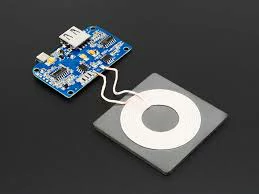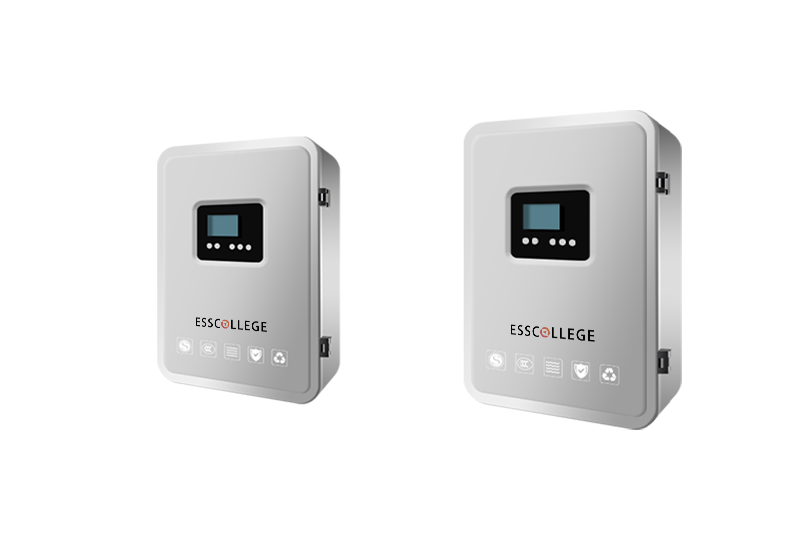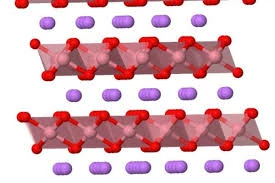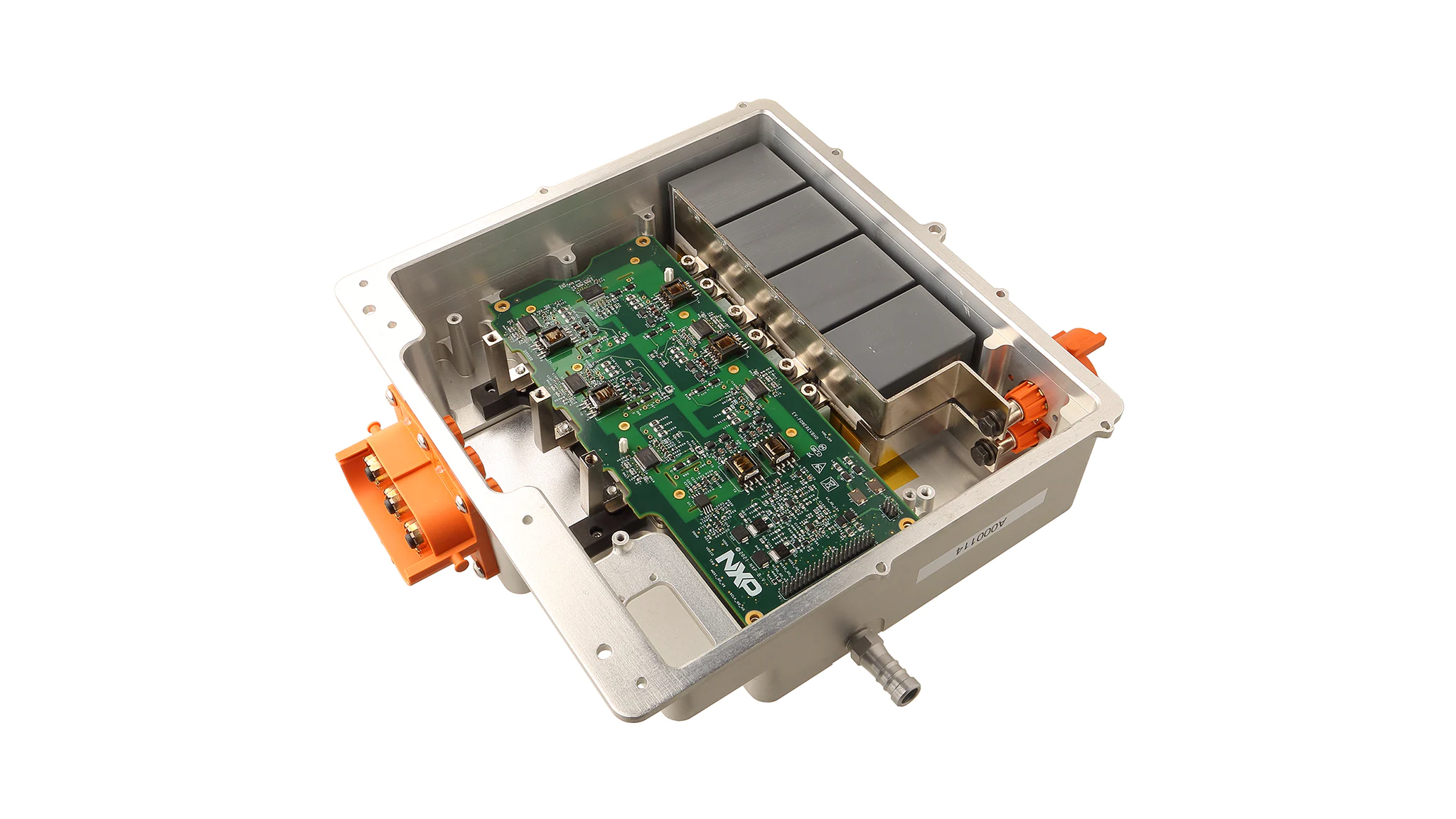This section describes the components of the EPS wireless interface...
This section describes the components of the EPS wireless interface
In modern fire safety management, fire emergency power supply (EPS) is the core to ensure the normal operation of equipment and the effectiveness of emergency response. With the development of technology, the wireless charging interface of EPS has been gradually introduced, and this new power supply mode provides higher security and reliability. This paper will introduce the components of fire emergency power wireless interface in detail, including transmitter, receiver, material and structure.
transmitter
The transmitter is the core part of the wireless charging system and is usually installed at the charging station. Its main function is to convert electrical energy into an alternating electromagnetic field, which is transmitted to the receiver. In the EPS system, the transmitter must have an efficient power conversion capability to ensure that the fire equipment is charged in the shortest time. The transmitter usually includes the following key components:
Coil
The coil of the transmitter is the basis of electrical energy conversion, usually using copper wires wrapped in polyester or polyurethane insulation. Copper wire can generate electromagnetic field effectively because of its excellent conductivity.
Housing
In order to protect the internal coil and its electrical components, the transmitter usually has a housing made of a strong polymer or metal material. This shell can not only prevent the influence of the external environment, but also provide some protection to ensure that the equipment can still work normally in harsh environments.
Power module
Used to convert mains or other power supplies into high-frequency currents suitable for wireless transmission, forming an effective alternating electromagnetic field.
receiver
The receiver is another component of the wireless charging system, fixed to the battery pack, and is responsible for receiving the electromagnetic energy transmitted by the transmitter and converting it into electricity for use by the battery. The design of the receiver needs to ensure that the electromagnetic field generated by the transmitter is captured to the maximum extent possible. The receiver also consists of a number of components:
Coil
The coil of the receiver is also made of copper wire and wrapped in an insulating material such as polyester or polyurethane. It is designed to form a good coupling with the electromagnetic field of the transmitter, ensuring efficient energy transmission.
Rectifying circuit
The receiver also contains a rectifying circuit that converts the received alternating current into direct current to charge the battery pack.
Housing
The receiver's housing is also made of a strong polymer or metal material to protect the internal components from physical damage and environmental factors.
advantage
System integration
The design and integration of wireless charging systems need to consider many factors, including power requirements, charging time and environmental adaptability. Through reasonable engineering design, to ensure that the transmitter and receiver can form a good coupling, and provide stable charging efficiency.
Security
Whether in fire emergency scenarios or in everyday use, safety is a primary consideration. The wireless charging system should have a safety design such as short circuit protection and overload protection to ensure that equipment failures or security risks will not be caused by accidents during the charging process.
CONCLUSION
With the continuous progress of wireless charging technology, the wireless interface system of fire emergency power supply (EPS) has gradually become an important part of the current fire safety field. Through effective transmitter and receiver design, combined with high-quality materials and safety precautions, EPS's wireless charging system provides an efficient and safe power supply solution for fire fighting equipment. Looking forward to the future, with the further development and promotion of the technology, the fire emergency power supply will better serve the safety management and emergency response, and protect the safety of life and property.
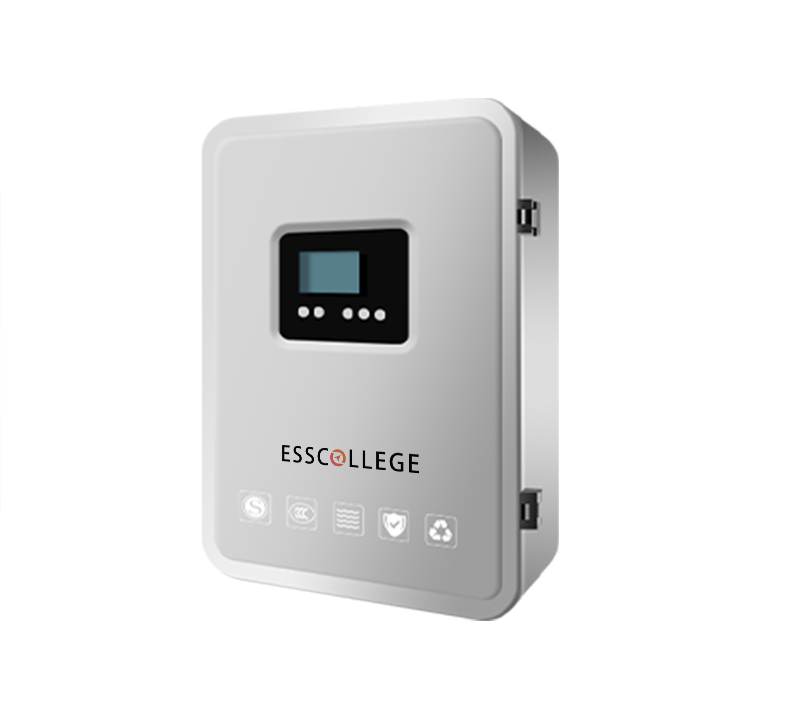
EPS BATTERY SERIES
The centralized power supply for fire emergency lighting is a kind of backup power supply equipment, which provides power guarantee for emergency lighting equipment to ensure that the on-site lighting equipment can operate normally in emergency situations such as fire. Provide a long-term backup power supply to meet the needs of the emergency lighting system.
Extended reading
Details of coolant/medium for EPS cooling system1
Select Details of coolant/medium for EPS cooling system1 In an...
Introduction of positive electrode materials in EPS battery cell
Introduction of positive electrode materials in EPS battery cell Today,...
Fire emergency power EPS inverter analysis
Fire emergency power EPS inverter analysis The Fire Emergency Power...
Control system analysis – control algorithm
Control system analysis – control algorithm The control algorithm is...
THE ESSC Brand promise
Global supply
Our products sell well all over the world, covering many countries and regions, through the global logistics network, to provide customers with convenient purchasing experience.
Rigorous quality
We adhere to the highest quality control standards to ensure every product meets industry regulations and customer expectations, earning trust through consistent excellence.
Excellent service
With a customer-centric approach, we provide prompt responses, professional support, and personalized services, aiming to deliver the best user experience and long-term value.
